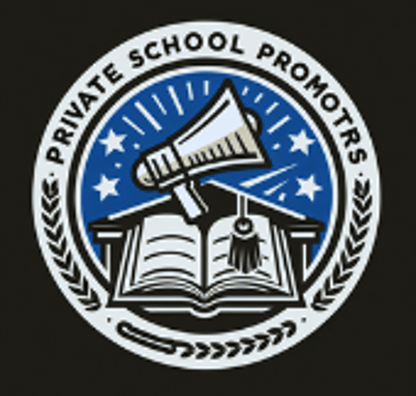What Sets Private Schools Apart from Public Schools? A Parent’s Perspective
3/18/20252 min read


Introduction: Understanding the Differences
As a parent navigating the educational landscape, the choice between public and private schooling can be daunting. Both types of schools offer unique benefits and challenges, making it essential to understand what sets private schools apart from public schools. This blog post will explore various factors that influence this decision from a parent's perspective.
Class Size and Individual Attention
One of the most significant differences between private schools and public schools is the student-to-teacher ratio. Private schools often boast smaller class sizes, which can lead to more individualized attention for students. This intimate learning environment fosters strong teacher-student relationships and enhances academic performance. In contrast, public schools may experience overcrowding, leading to varying degrees of support for different learners. Moreover, in a private school setting, teachers can tailor their instructional approaches to better meet the needs of individual students, which can positively impact their educational journey.
Curriculum and Educational Philosophy
Another aspect that distinguishes private schools from public schools is the structure and philosophy of their curricula. Private schools have the autonomy to design their educational programs, often leading to innovative pedagogical approaches. Many private institutions emphasize the importance of holistic education, focusing not only on academic success but also on the development of moral and social values. This diversity in curriculum can include specialized programs such as the International Baccalaureate or advanced placement courses that public schools may not offer. In contrast, public schools typically adhere to state-mandated curricula, which can sometimes limit their flexibility in addressing the diverse needs of students.
Community and Parental Involvement
Parental involvement is often heightened in private schools, creating a stronger sense of community that can contribute positively to the learning environment. Parents in private schools are frequently more engaged in school activities and governance, which can help foster a collaborative culture among families, staff, and administration. This engagement can further enhance the overall educational experience. Public schools also value parental involvement; however, given their larger size and broader demographic, fostering such connections may prove more challenging. In this context, the community values present in private schools can serve as an attractive incentive for parents seeking a well-rounded education for their children.
Conclusion: Making an Informed Decision
Ultimately, the choice between private and public schools varies for each family and depends on numerous factors such as educational goals, values, and resources. While private schools offer advantages such as smaller class sizes, personalized curricula, and increased parental involvement, public schools provide a more extensive network and resources that come with government support. By understanding the differences between these two educational systems, parents can make an informed decision that best aligns with their children’s needs and aspirations.
